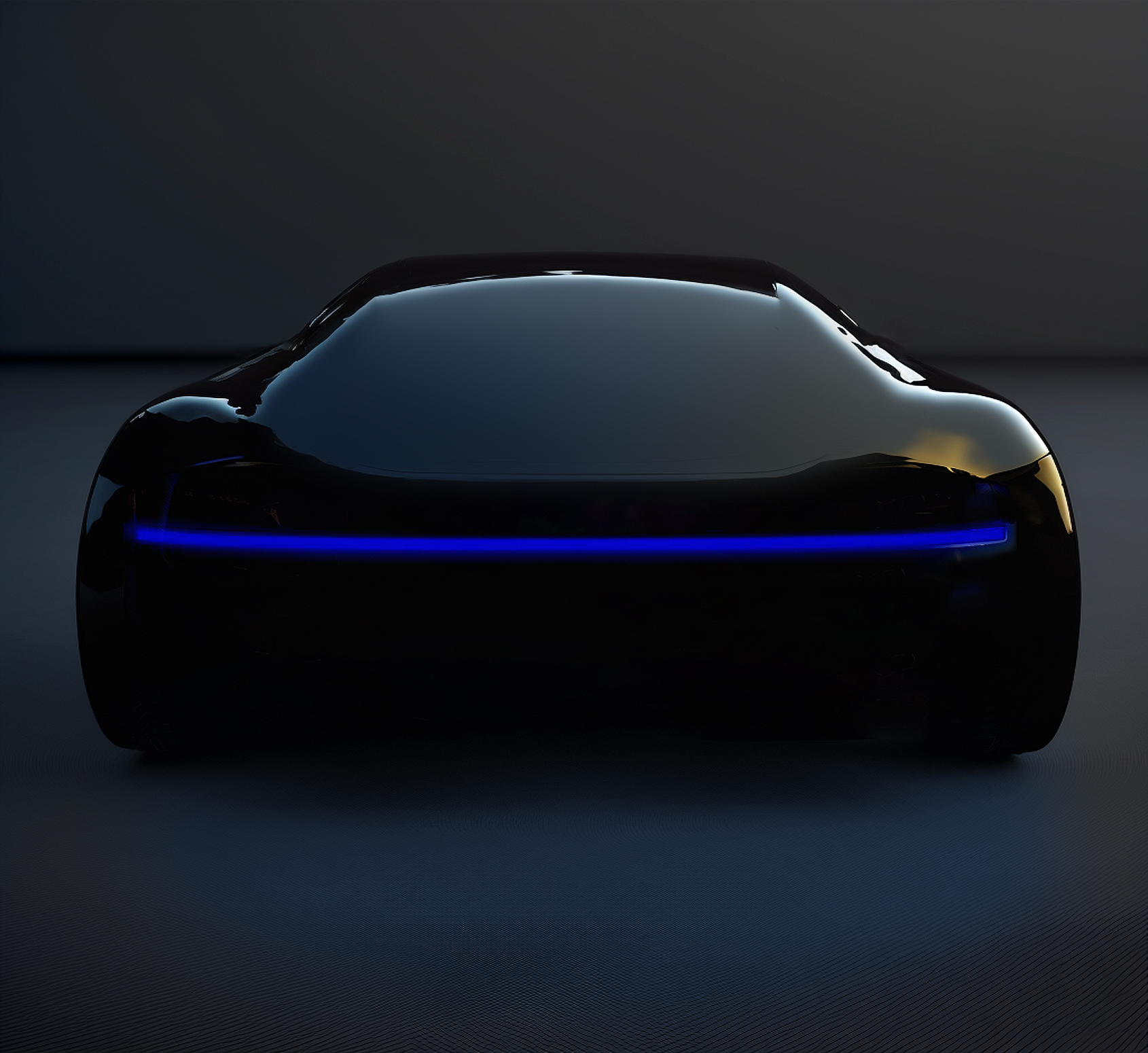Remote Reality, Augmented Reality and Virtual Reality: like F1 racing, but in the next dimension | Eddies’ Fast Facts

And here we are with another episode of our Future Car Podcast. You’ll remember a few weeks ago we release an episode titled Fast Facts Influence of Motorsports on Tech, Culture, and Society, where we touched on a range of topics with our previous guests. Well, we’re pleased to bring the second entry, albeit with a little re-brand!
The focus in this episode is all things Virtual Reality, Augmented Reality and Remote Reality. We dive deeper into conversation with our most recent guest, Cartier Brown, co founder of Avicar. As a reminder, Avicar is using remote reality technology to create a race series where hi-speed electric sports cars are raced by drivers that may be thousands of miles away.
Here’s what to expect 👇
A reminder of these realities: what are they?
Virtual Reality
Virtual Reality is a complete immersion into a computer-generated world. It allows a 360 degree, 3D experience of scenes and objects that are built to feel as real as possible to the user. You can go from running for your life through a haunted house to floating aimlessly in space in a matter of seconds. There are so many use cases for Virtual Reality; everything from video game immersion through to simulation training to reduce dangers are all real-world use cases for Virtual Reality.
Augmented Reality
Augmented reality or AR, on the other hand, is a mix of physical and virtual worlds. The popular mobile game Pokémon GO is a great example of augmented reality that allows players to catch virtual computer generated Pokémon in the real world. Players use their smartphones to see the digital creatures appear on their screens, superimposed on real-world surroundings.

Remote Reality
Finally, we have remote reality. Remote reality differs from VR and AR in one important way; it’s all real and revolves around controlling and interacting with physical object remotely. Cartier Brown did an excellent job of breaking it down for us. Here’s what he had to say:

“What it allows you to do is experience other environments in the real world in real time. So you can actually experience something in a completely other area of the earth, and experience in real time.Remote reality relies on live stream cameras. So everything is real, you’re actually moving physical objects in the real world. And you’re essentially in two places at the same time”
—Cartier Brown | Co-founder, Avicar
Why Remote Reality?
You might be wondering why Cartier ultimately chose remote reality over VR and AR. What is it about remote reality that sets it apart from already known realities? Let’s ask Cartier himself 👇
We wanted a motorsports league that you can participate from in your living room. We realized from an engineering and technology aspect, we were opening up a plethora of opportunity. So we went down this rabbit hole to change not just sports programming, but technology and a disruptive, immersive experience that was slightly different than virtual reality and augmented reality
– Cartier Brown | Co-founder, Avicar

And what is it about the technology that Avicar are pioneering; what makes it so special? Her’s what Cartier said on remote reality and the relationship between man and machine 👇

It’s not a completely autonomous vehicle; they don’t have 100% predictability of driving around the course with precision. There’s always a chance of a crash. It’s really a symbiotic relationship between human and machine, where it not the machine doing all the work. So there is still that element of anxiety as far as who’s going to come first, who’s going to win and who’s going to crash.
– Cartier Brown | Co-founder, Avicar

Cartier Brown | Co-founder, Avicar | Adding glamour to the world of remote reality racing
Cartier Brown, the co-founder of Avicar, made his name in the movie and music video business, having an incredibly successful career; this was the inspiration which led to the launch of Avicar. Combining this success alongside a passion to push the needle for remote car racing, Cartier continues to put Avicar on the map with their innovative and inspiring concepts. Cartier was nominated for his work on the music video ‘Going Bad’; a Drake and Meek Mill record, a testament to the blend of experience and knowledge Cartier continues to build on.

Ed Bernardon | Vice President Strategic Automotive Intiatives – Host
Ed is currently VP Strategic Automotive Initiatives at Siemens Digital Industries Software. Responsibilities include strategic planning in areas of design of autonomous/connected vehicles, lightweight automotive structures and interiors. He is also responsible for Future Car thought leadership including hosting the Future Car Podcast and development of cross divisional projects. Previously a founding member of VISTAGY that developed light-weight structure and automotive interior design software acquired by Siemens in 2011. Ed holds an M.S.M.E. from MIT, B.S.M.E. from Purdue, and MBA from Butler.
If you like this podcast, you might also like
How Virtual Reality is Making Mobility Accessible for Everyone
How Virtual Reality is Making Mobility Accessible for Everyone pt 2

On the Move: A Siemens Automotive Podcast
The automotive and transportation industries are in the middle of a transformation in how vehicles are designed, made, and sold. Driven by an influx of new technologies, consumer demands, environmental pressures, and a changing workforce in factories and offices, automotive companies are pushing to reinvent fundamental aspects of their businesses. This includes developing more advanced and capable vehicles, identifying new revenue sources, improving customer experiences, and changing the ways in which features and functionality are built into vehicles.
Welcome to On the Move, a podcast from Siemens Digital Industries Software that will dive into the acceleration of mobility innovation amid unprecedented change in the automotive and transportation industries. Join hosts Nand Kochhar, VP of Automotive and Transportation, and Conor Peick, Automotive and Transportation Writer, as they dive into the shifting automotive landscape with expert guests from Siemens and around the industry. Tune in to learn about modern automotive design and engineering challenges, how software and electronics have grown in use and importance, and where the industries might be heading in the future.


